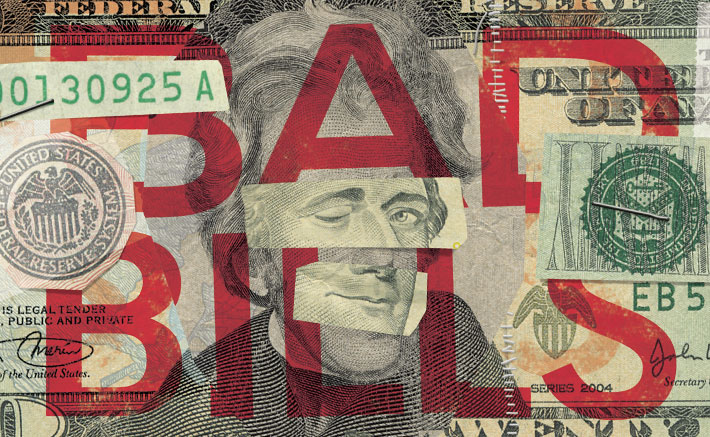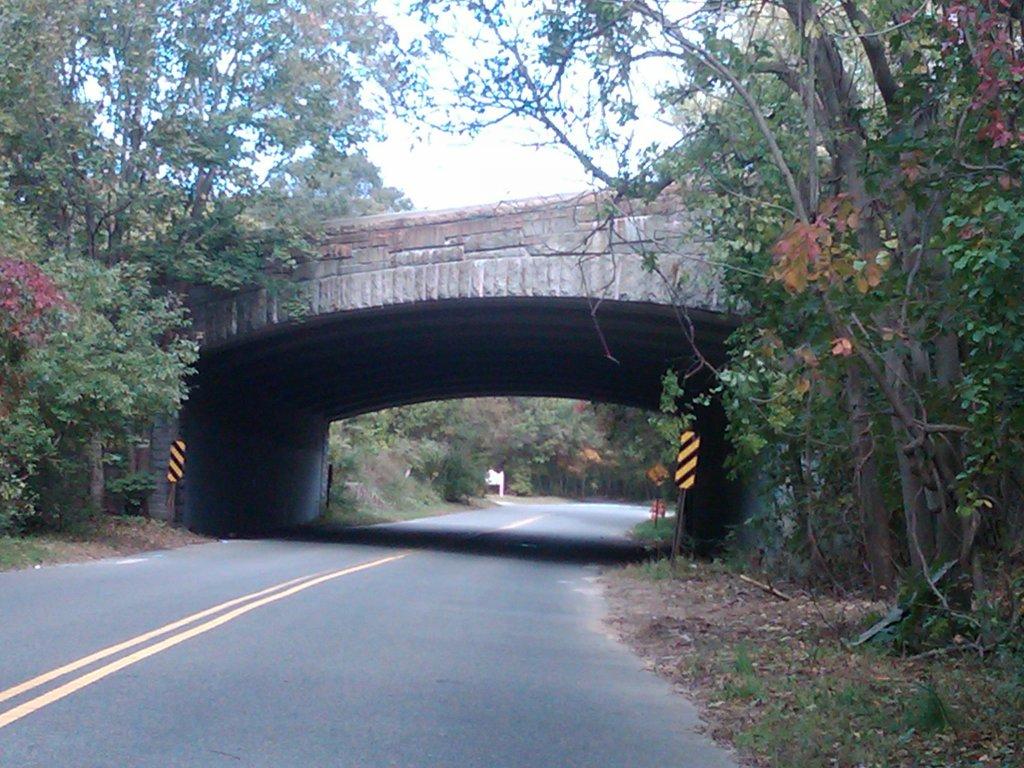

Counterfeit bills seized by Customs and Border Protection. (Photo credit: CPB)
PASSING THE BUCK
Jack’s first attempt at passing phony money failed, miserably.
Soon after he purchased his first stack of counterfeits in 2008, Jack (the name we’ve chosen for the man who requested anonymity for this story) decided to try his luck at a Checkers fast food restaurant in Hempstead.
A bit nervous, but convinced he was “smarter than most,” Jack decided to bring just a few of the bills with him for the test, that way, “If I ever did get caught, I could be like, ‘I just got change for a $50,’” he says.
So, doing his best to exude an air of confidence—while also trying to act naturally—the 20-something pulled his car up to the drive-through menu and calmly placed his order with the female voice emanating from the speaker system: a Value Meal—burger, fries and a soft drink. He then rolled around to the drive-through window, reached into his pocket, nonchalantly pulled out a pristine $20 bill and handed it to the cashier.
Without uttering a word, she handed it right back.
“The lady knew!” he tells the Press.
A few moments passed.
“‘I just got that from an ATM,’” he blurted, reaching into his pocket and giving her a real one.
Luckily, “she just blew it off,” recalls Jack, also remembering breathing a huge sigh of relief as he sped away with his food: No cops. No criminal investigation.
“I was dumb about it the first time,” he admits.
That initial fear of getting caught was short-lived, however, and didn’t deter him—never sinking in deep enough where he was going to toss the fakes away and move on.
“From then on,” he tells the Press, “I knew to crumple it up to make it look it was worn, like real bills.”
Those subtle changes could have been what saved Jack from getting thrown behind bars. Or it could have been his selections of where he circulated the money.
Jack decided not to try to pass the bills on Long Island. Instead, he chose to spread them around during road trips to upstate New York. He traveled 250 miles to SUNY Cortland one weekend, 100 miles on another trip to Quinnipiac University. College bars’ young bartenders were no match for his fake bills, he says, especially in dimly lit pubs and taverns teeming with patrons.
The newfound wealth was new to Jack, who says his job at the day camp paid little.
“This was like taking my salary and making it a little better,” he says.
The cash also brought him popularity: Big tips for bartenders and plenty of drinks for him and his friends.
The fake cash made those nights out at bars stress-free, says Jack. The beer flowed non-stop. Frequently he’d make the trek—$4 pitcher in one hand, fake bucks in another.
“Once it works it’s like, ‘Why the hell not?’” he says. “After time, you almost forget that it can’t work and [that] you can get in trouble.”
Besides getting drunk, technically for free, there was another benefit to passing phony bucks at small bars. Jack would start the night with $60 in fake money in his pocket and stumble out with up to $100 of the Real McCoy from the change leftover after purchasing drinks.
Jack’s spree lasted a total of about eight months, he says, ending in 2009.
Jack says he knew little details about his supplier, other than once confiding that his printing operation was based in New York City. He’s also out of business, according to Jack.
Some of that phony money, however, may currently be marked as evidence inside dusty bags at a Secret Service office somewhere in the United States.




